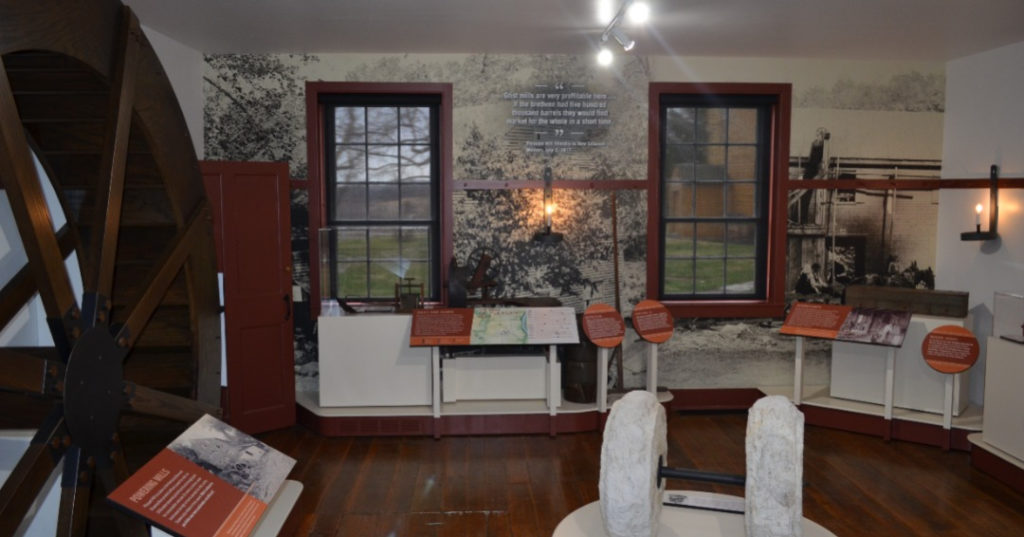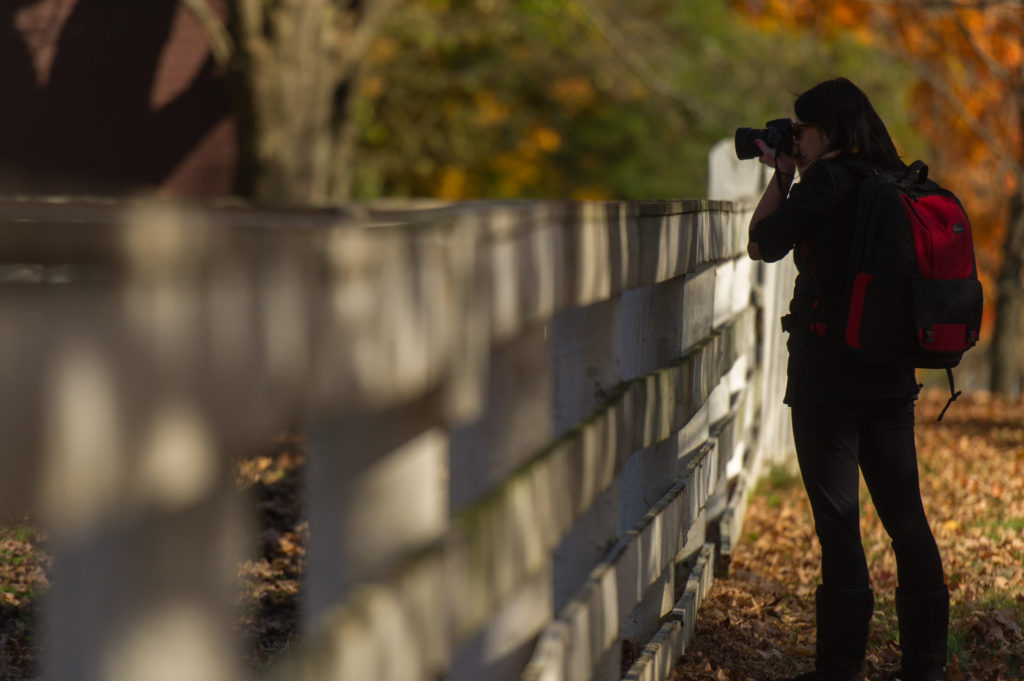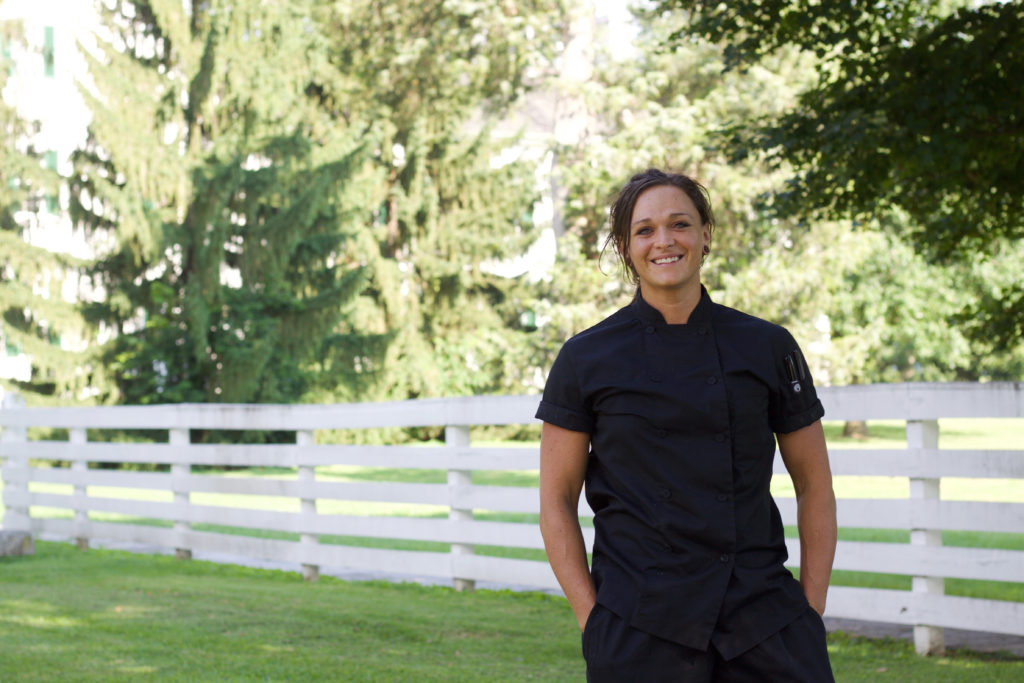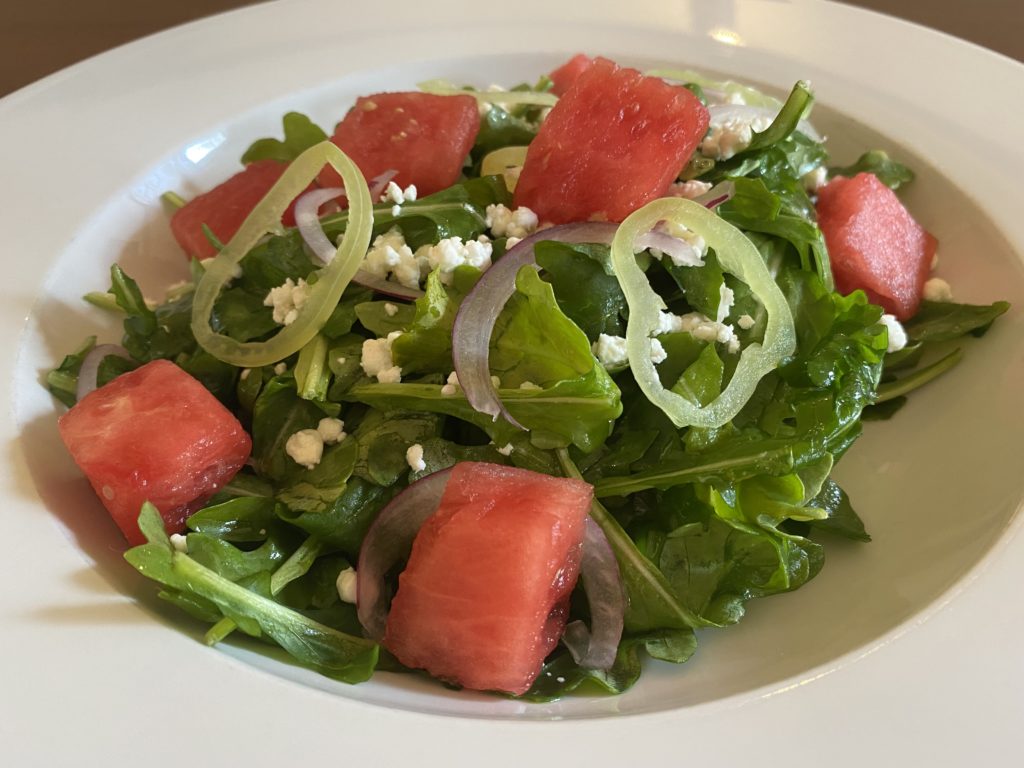Melissa Williams, Development Coordinator
2022 has been an incredible year at Shaker Village. There is so much to celebrate and none of it would have been possible without your support as a guest, a passholder, or a donor.
Major Milestone Achieved
Five years ago, William Updike joined the Shaker Village staff as the Vice President of Natural & Cultural Resources. His goal was to secure each of the 34 historic Shaker structures on the site. The first step was to replace aging (and failing) roofs. William says, “A dry building starts at the top!” Realizing this ambitious vision required significant resources and funding, and it happened.

When you take a stroll down the historic turnpike and throughout the Village you will notice new roofs have been installed on nearly every building over the past five years. Six roofs were replaced just this year. This is a quite an achievement!
Water poses the biggest threat in historic preservation. When a roof reaches the end of its useful life, it starts to let water in which can damage the building’s structure. Preventing leaks and deflecting water away from the building helps to preserve these original Shaker structures for future generations. And that is precisely our mission!
Our team of craftsmen have also been hard at work this year on windows in the Old Stone Shop and completing the full preservation of the 1817 East Family Dwelling. With help from the grounds crew, the Village has truly never looked better!
Growing a Farm, and our “Farmily”
The Farm at Shaker Village is one of the most popular spots on the property for our guests. Can you guess why? It’s the animals! The Farm and the Garden are cared for by four staff members, and their successes in 2022 are amazing! Check out some of their accomplishments this year:

- Completed the 3rd year of solar grazing at LG&E, with our sheep, controlling vegetation across 32 acres of solar panels.
- Increased our flock population and now have almost 200 breeding ewes!
- Expanded our cattle grazing into a 60-acre sections of native grasses.
- Added 3 new registered Shorthorn Heifers to our herd, 2 calves and 1 Texas Longhorn steer.
- Built 2 large sections of woven wire fence in our pastures
- Redesigned the garden area to have additional walkways for guests.
- Built a High Tunnel to extend the growing season and completed its first year of production.
- Finished our 2nd full year of CSA garden shares across two, 10-week periods totaling 11 shares per season
- Taught dozens of summer campers and hundreds of guests about honey bees and draft animals on our farm.
- Donated hundreds of pounds of food to those in need.
Engaging Our Guests
Every day at Shaker Village there is a schedule of daily programs and tours for our guests to enjoy. Our Program Team takes great care and preparation in putting these programs together. They have a lot of fun interacting with our visitors. It is the most rewarding part of our work. Continually enhancing the guest experience is our top priority.
This year we launched the much-anticipated Shaker Village App. This FREE app places hundreds of historic images and other rarely seen content right at your fingertips. It is a great way for you to explore the Village and learn the stories of individual Shakers. Through the App, we hope you will gain a deeper understanding of the Pleasant Hill Shakers and their legacy.

In March 2022 Shaker Village also launched the new exhibition, Local Economies, Global Impacts. Sponsored in part by the Institute for Museum and Library Services, this award-winning exhibit tells the story of Shaker industry and trade, and is located in the East Family Brethren’s Shop and East Family Sisters’ Shop.
The Program Team and the Curator of Collections are also working on the development, fabrication and installation of two exhibits that will open in 2023. The first, Searching for Sister Mary, will open in March 2023. It will celebrate Sister Mary Settles who was the last Shaker to live at Pleasant Hill. The second exhibit, The Believers: Shaker Theology and Worship, will be installed on the second floor of the 1820 Meeting House. It will open in fall 2023.
Volunteers Make Improvements to The Preserve
Since the unofficial beginning of The Preserve, we have been constantly working to improve the habitat for all the wild things that call this area home. We gauge our progress through surveys of plants, trees, birds, small mammals and insects. This year a quick plant inventory revealed approximately 130 different plant species in The Preserve. And over the years we have observed 108 different species of birds.

As a guest, you can make your own observations in The Preserve by hiking or riding on our multi-use trails. Our trails are maintained by a team of two staff members and a growing number of dedicated volunteers who meet every third Saturday of the month (March through October). Our volunteers worked throughout the past year to improve the Heritage Trail by removing overgrown honeysuckle. This work opened up the trail and hikers should be treated to a beautiful wildflower display next spring!
We also encourage you to spend some time at the Bird Blind, which was updated this past summer. It’s a great place to see some of the area’s most abundant birds and insects. The Bird Blind is located at the center trailhead and is accessible.
We Make You Kindly Welcome
The Pleasant Hill Shakers were known for their hospitality and we carry that legacy forward today. Whether you are visiting for the day, staying overnight or spending a holiday here, we look forward to seeing you!
At The Inn this year, we renovated the bathrooms in four of our guest rooms. These updated bathrooms now feature walk-in showers and more spacious bathrooms. These upgrades were made possible by generous donor support and are part of our ongoing efforts to improve accessibility across the site.

At The Trustees’ Table, we welcomed over 62,000 diners to our table. The fried chicken, Shaker Lemon Pie, and tomato celery soup are our guests’ tried and true favorites. If you’re looking for something a little bit different, check out our Fresh Food Adventure Series. Chef Amber Hokams is able to show off her skills and the best of the Shaker Village Farm during these events. This past year we hosted six of these culinary adventures – and we invite you to join us in January 2023 for the Bourbon Dinner!
With Gratitude…to our Guests, Passholders and Donors
As the year winds down, we are so humbled by the support you’ve shown Shaker Village in a year that has been challenging for all of us. The best part about Shaker Village is that it is nestled in this beautiful rolling hills of the bluegrass. When you visit, it’s because Shaker Village is your destination and you have made an effort to get here to enjoy the peace and tranquility.
In a year when the market has been unstable and inflation has caused rising gas prices, food costs and more, we know your charitable dollars may be limited. Yet we are celebrating all the things that you helped make possible in 2022. We cannot say thank you enough.
Pleasant Hill is a magical place. When the Shakers settled here in 1805, they had no way of knowing that this site would remain two centuries later. Thank you for making that happen, and for generously supporting Kentucky’s largest National Historic Landmark. We are so excited for 2023 and all the possibilities it will bring.
We will see you in the New Year!












